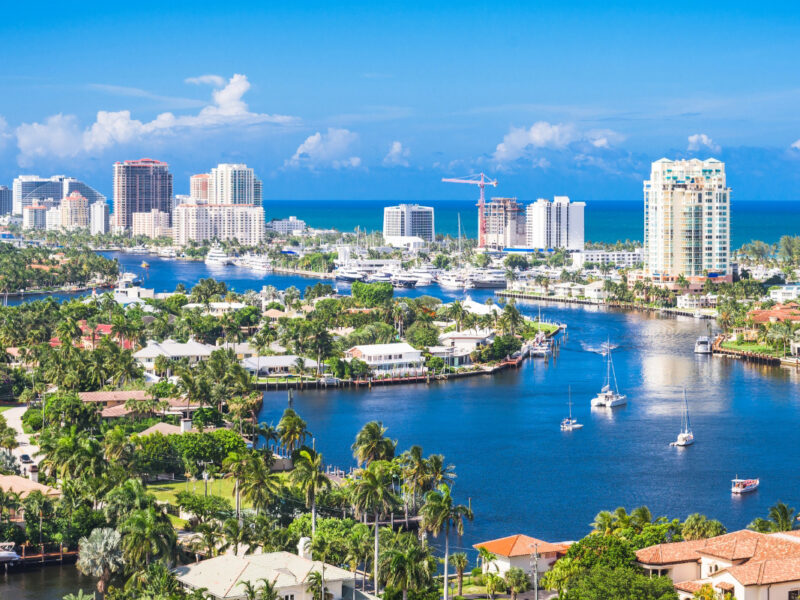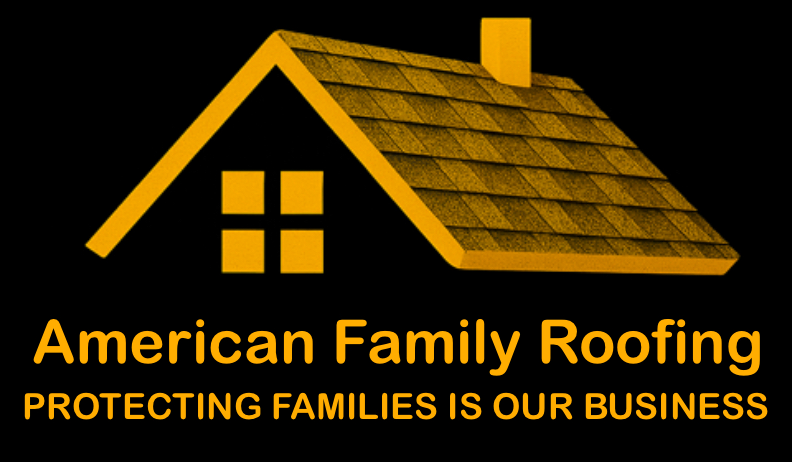
Living near Florida’s Gulf Coast has its perks—sunshine, sea breezes, and stunning views—but coastal weather can be tough on your roof. Over time, the same conditions that make Pinellas County beautiful also cause roofing systems to age faster than in other parts of the state.
At American Family Roofing LLC, we’ve repaired and replaced thousands of roofs in Clearwater, St. Petersburg, Largo, and nearby coastal communities. Here’s how Pinellas County’s climate affects your roof and what you can do to extend its lifespan.
Salt Air Corrosion
One of the biggest threats to coastal roofs is salt air. Ocean salt particles carried by the wind settle on your roof, metal flashing, fasteners, and vents. Over time, that salt attracts moisture and accelerates corrosion, especially on metal components.
What It Looks Like:
- Rust spots or streaking on metal roofs and vents
- Corroded fasteners around flashing or gutters
- Premature wear on aluminum and galvanized parts
Prevention Tip:
Choose roofing systems designed for coastal environments—such as aluminum, Galvalume®, or coated steel—and schedule regular roof cleanings to remove salt buildup.
High Humidity and Heat
Pinellas County’s humid subtropical climate means your roof is constantly exposed to high moisture levels and intense heat. This combination weakens materials over time.
- Asphalt shingles can curl, crack, and lose granules faster in the sun.
- Tile roofs may develop mold or mildew under humid conditions.
- Underlayment and sealants can deteriorate, leading to leaks.
Prevention Tip:
Have your roof inspected annually to catch early signs of heat or moisture damage. A reflective coating or energy-efficient material, such as metal roofing, can also reduce thermal stress.
Heavy Rainfall and Storm Exposure
Pinellas County averages over 50 inches of rain each year, and that water puts constant pressure on your roof’s drainage system. If gutters or flashing are clogged or damaged, even light rain can lead to leaks and rot.
Add in the high winds of tropical storms and hurricanes, and the impact becomes even more significant. Loose shingles, cracked tiles, and weakened fasteners can fail during major weather events.
Prevention Tip:
Inspect your roof before and after every storm season. Look for missing shingles, cracks, or soft spots, and schedule professional repairs immediately.
UV Radiation
With year-round sunshine, roofs in Pinellas County take a beating from ultraviolet (UV) rays. UV exposure causes roofing materials to dry out and lose flexibility, shortening their lifespan.
What It Looks Like:
- Fading or discoloration
- Brittle shingles or cracked tiles
- Weakened sealant around flashing and vents
Prevention Tip:
Consider roofing materials rated for UV resistance. Metal and tile roofs perform better in the long term than standard shingles in Florida’s intense sun.
Wind-Driven Debris
Living near the coast also means dealing with high winds and airborne debris. Small branches, palm fronds, and other objects can scratch, dent, or puncture your roofing surface.
Prevention Tip:
Trim trees regularly and remove weak or overhanging branches. After strong storms, have your roof inspected for impact damage, especially around flashing and seams.
Pinellas County’s coastal climate is beautiful, but tough on roofs. Salt air, humidity, UV rays, and storms all take their toll over time. The best way to protect your investment is through preventive maintenance and timely repairs.
At American Family Roofing LLC, we specialize in coastal roofing systems built for Florida’s environment. Whether you have a shingle, tile, or metal roof, our team provides expert inspections and long-term solutions to help your roof stand strong year after year.
